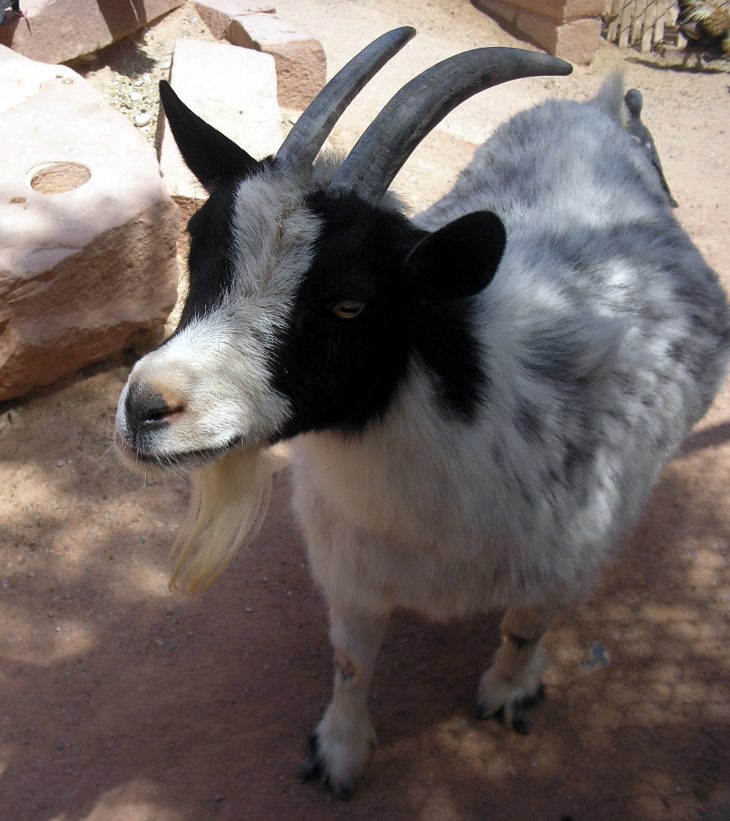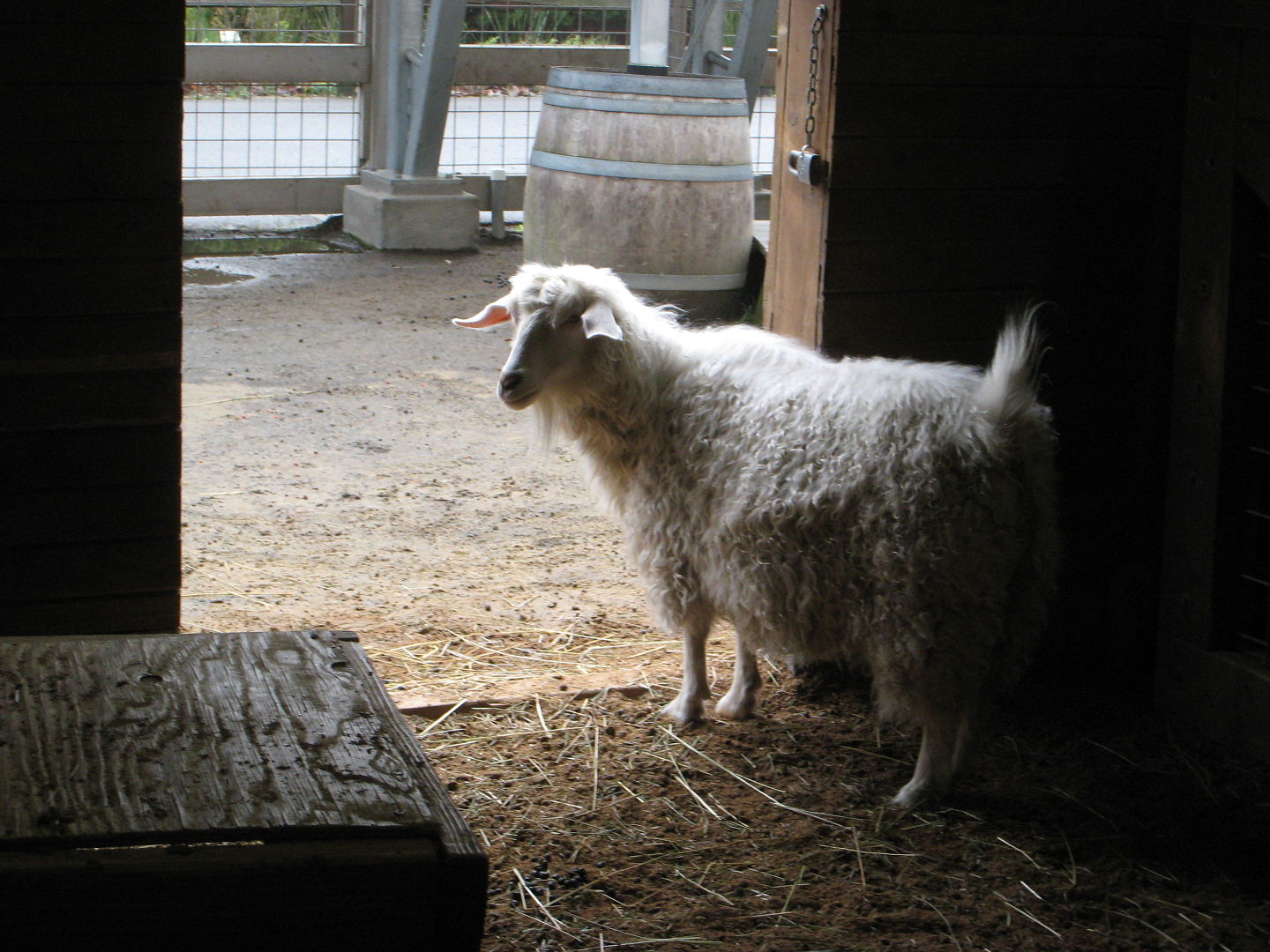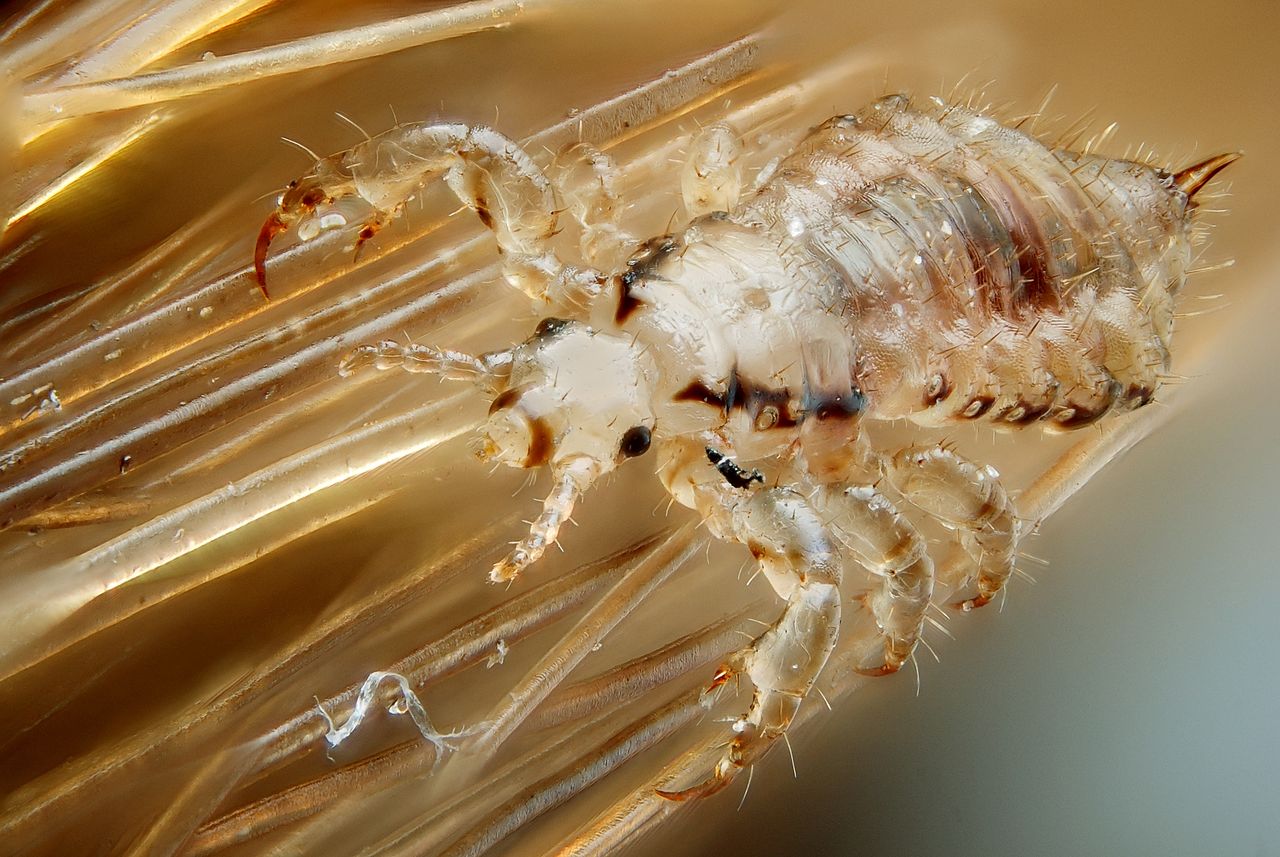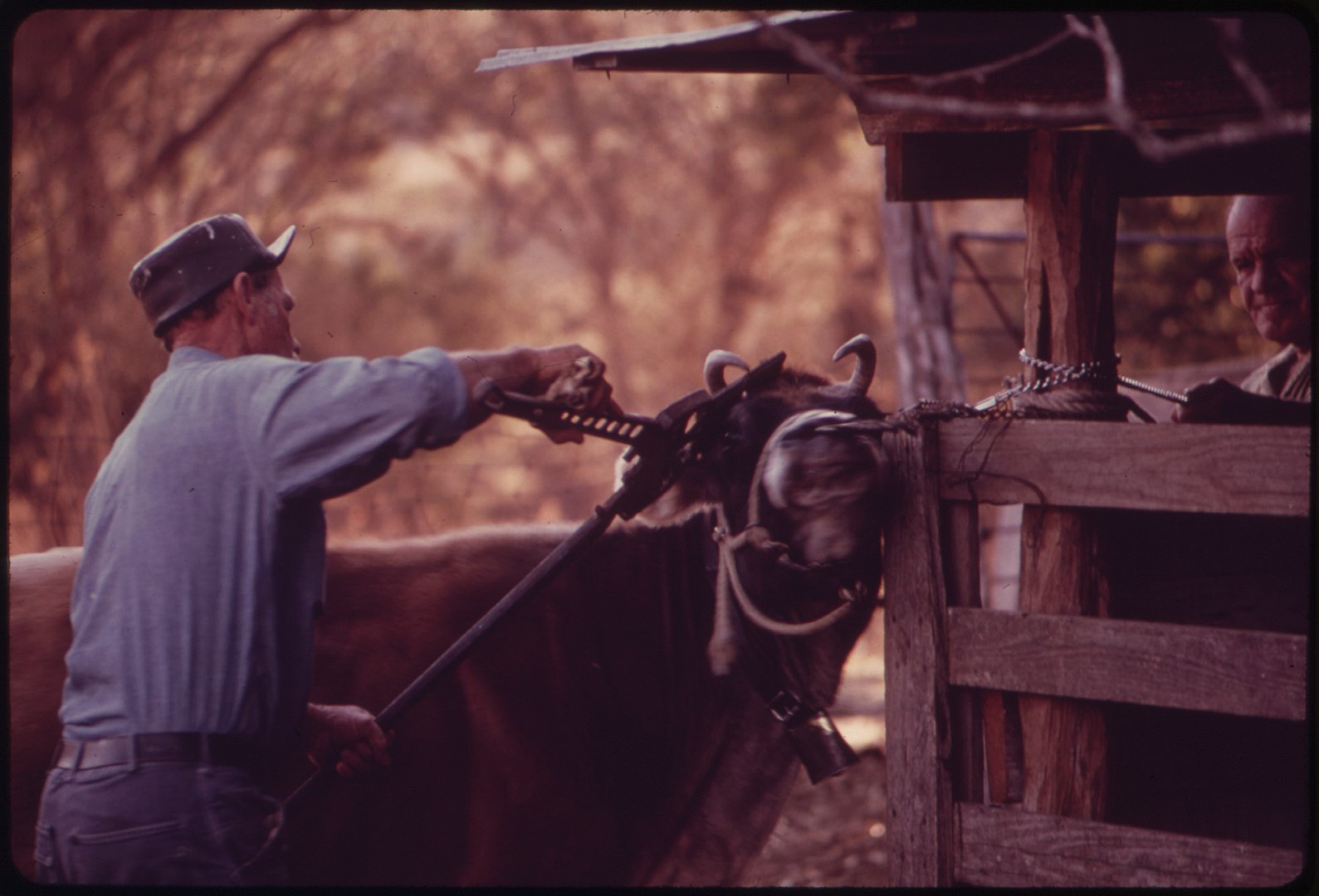
Goats may not be the first animals you’d think of as pets, but pygmy goats make excellently unique companions. Typically smaller than the usual goat, raising pygmies can also provide you with a source of livelihood. With coats that can produce fabric and milk that can be processed into cheese, you’re bound to get a return of investment with these pets. However, taking care of pet goats is no easy feat. Find out more about these fascinating creatures with these pygmy goat facts.
- A pygmy goat typically weighs between 23 and 29 kg.
- It also stands between 40 to 50 cm high.
- It can also live for up to 15 years with good care.
- Females typically stay pregnant between 4 and 5 months before giving birth.
- They usually give birth to a pair of kids, but they can also bear litters of up to 3 kids.
- Females tend to produce between 1 and 2 liters of milk.
- They produce for up to 6 months after birthing their kids.
- They also have no seasonal limits on breeding and can have kids at any time in a year.
- The pygmy goat’s ancestors originally came from West Africa.
- Specimens from several West African Dwarf breeds of goats arrived in American zoos between 1930 and 1960.
- They had the intended purpose of either becoming zoo animals or research specimens.
- Some of the specimens later fell into the hands of breeders, who bred them as pets.
- The pygmy goat became established as a separate breed as of 1975.
- That same year, breeders formed an association of their own to regulate the breed.
- They also started a herd book to register members of the breed in that year.
- To differentiate it from the British pygmy goat, the breed is also known as the American pygmy goat.
- Both males and females of this breed of goat have horns.
- Only males of the breed have beards.
- The breed typically reaches maturity after 10 months.
- They can breed as young as 2 months old, though.
Pygmy goats have distinct features.
Compared to the average goat, pygmy goats tend to have stockier builds, with heavily-built bone structures. They also come in 7 colors, ranging from shades of white, caramel, grey, and black.
They are also closely related to the Nigerian Dwarf breed.
These two breeds received recognition at the same time, since they came from the same batch of West African Dwarfs. Unlike the pygmy goat, Nigerian Dwarfs have a much more delicate build, which owners describe as making them look like miniature dairy goats.
They’ve produced 2 other breeds of goat as well.
In the 1980s, mixed pygmy goats with Nubian and Angora breeds, producing one new breed for each hybrid. In 1986, the kinder goat first appeared in Washington state after Nubians bred with American pygmies. And in 1987, the pygora goat first appeared in Oregon after Angoras bred with American pygmies.
Kinder goats have their own distinctive features.
For one, kinder goats have longer legs than American pygmies, a trait that they inherited from Nubians. Kinder goat milk also tends to have plenty of milk solids, with a buttermilk content of up to 6%. This difference in composition makes kinder goats more suitable for producing cheese. Despite these differences, kinder goats still inherit the American pygmy’s stocky build and heavy bones.
The pygora goat’s hair is very suitable for making cloth.
Inherited from the Angora, a pygora’s fur has many uses, producing the ideal coat for clothing, crocheting, knitting, spindling, spinning, and weaving. Some textile artists have also noted that angora fur also has a suitability for tapestry making.

Concerns exist regarding the future of the pygmy goat and its descendant breeds.
In 2007, the United Nations Food and Agriculture Organization (UNFAO) listed the American pygmy as an endangered species. Later on, in 2019, in light of the breed’s uniqueness to the USA, the FAO further classified the breed with a vulnerable diversity.
Pygmy goats have specific requirements when keeping one as a pet.
Professionals generally recommend an American pygmy’s shed to have dimensions of at least 3 meters of space on all sides. The shed should also have proper ventilation, and its own heating system in winter. Typically, they recommend up to 1000 square meters of open space for the goat to run around in.
However, this space should be enclosed to keep predators like wild or feral dogs out. Owners should also avoid using barbed wire or electrified fencing, to ensure that the goats wouldn’t be harmed when they brush against the fence.
They also have specific dietary requirements.
Natural grass or small plants makes the best food for pygmy goats. That said, they can also feed on hay as a substitute if fresh grass or other plant life isn’t available. Fruits and vegetables also make for good supplements to an American pygmy’s diet, preferably ones rich with Vitamin A and D. It’s also best to feed them less than other goats, considering their smaller size in comparison.
Owners also need to keep an eye on their pet goat’s health.
Naturally, pet goats need to have vaccinations for all the potential diseases they might get, such as rabies. Since they have dense coats, owners should also regularly check their pygmy goats for lice. Additionally, professionals recommend for pygmy goats to be tested for worms at least twice a year. To avoid other parasites, owners should also trim their pets’ hooves once every 4 weeks.

Pygmy goats are also social animals.
In fact, professionals recommend against keeping a lone American pygmy as a pet – it’s more ideal to keep them in pairs. Whether or not they have companions, the pygmy goat will want to show and receive affection and attention from its owner.
They also tend to have active lifestyles.
Once a pygmy goat gets bored, it would loudly call for its owners’ attention to come and play with them. They might even nudge or act out to make their owner spend time with them. When in the company of other goats, they may play fight to pass the time, butting their heads and horns against each other.
Pygmy goats can be trained to respond to their name.
Much like other pets, you can train a pygmy goat to know its name by calling them and rewarding them with food or affection when they respond. This leads the goat to recognize its own name.
Some names are better than others for your pet goat.
When naming your pygmy goat, it’s best to use unique words that don’t usually come up in regular conversations. This makes it easier for them to learn their names, and keeps them from confusion when the word comes up in regular conversation.
Raising baby pygmy goats also presents its own challenges.
Since they prefer to drink warm fluids, raising baby goats could be a challenge in colder regions. Additionally, newborn pygmy goats must be given a special fluid called colostrum before they transition to drinking milk. Mother goats produce colostrum just before they release milk, so it’s important to ensure that the kids have enough to drink before they make the switch.

Goats and dogs don’t usually get along.
Dogs tend to see goats as prey animals, which makes it harder for them to coexist. Without special training, dogs would likely be hostile towards pet American pygmies for a long period. This can cause the goats serious stress, especially if the dog chases the goat.
In extreme cases of dog attacks, a goat may just drop dead from the stress of exhaustion. Even if they do get along, a dog may still accidentally kill a goat during their play fights.
Chickens and goats get along with each other, though.
While goats and dogs have a toxic relationship, goats and chickens are pretty much besties. Often, owners of these pets would see them walking together around the grounds while grazing. However, professionals still recommend that they each have their own separate living spaces.
Other farm animals also get along well with pygmy goats.
Other suitable companions for pygmy goats are cows, donkeys, horses, and sheep, among others. None of them will see the other as prey or competitor animals, which lets them live together peacefully. However, it’s still best that they each have their own separate living spaces.
It would also do to check the legal requirements for pets in your residential area.
Not all areas allow residents to keep livestock as pets. Before getting an American pygmy goat as a pet, you should always check whether it’s illegal to keep them. The worst case scenario would be letting your pet go or having to face hefty fines.
Pygmy goats can have their horns removed.
Since they tend to play fight with their own kind and other animals, it’s ideal to remove their horns to prevent injuries. Through a harmless process called disbudding, you can be assured that your goats and other pets are safe.

You may also want to get a female instead of a male as a pet.
Simply put, male goats or bucks smell horrible, even with regular bathing and trimming of their hair. In contrast, females goats do not smell at all. Unless you want to put up with a buck’s scent, it’s best to go with a female pygmy goat.
Was this page helpful?
Our commitment to delivering trustworthy and engaging content is at the heart of what we do. Each fact on our site is contributed by real users like you, bringing a wealth of diverse insights and information. To ensure the highest standards of accuracy and reliability, our dedicated editors meticulously review each submission. This process guarantees that the facts we share are not only fascinating but also credible. Trust in our commitment to quality and authenticity as you explore and learn with us.


